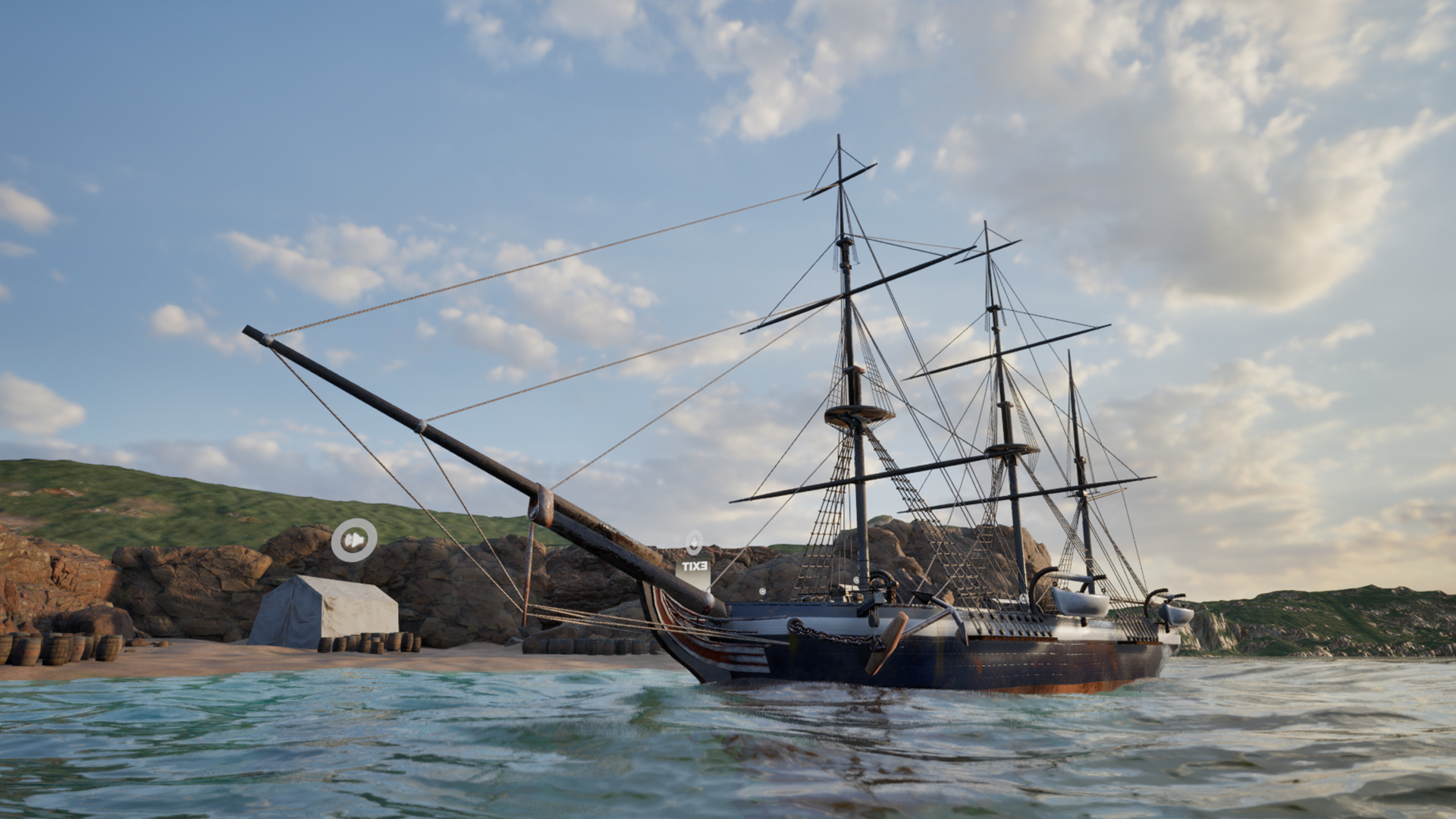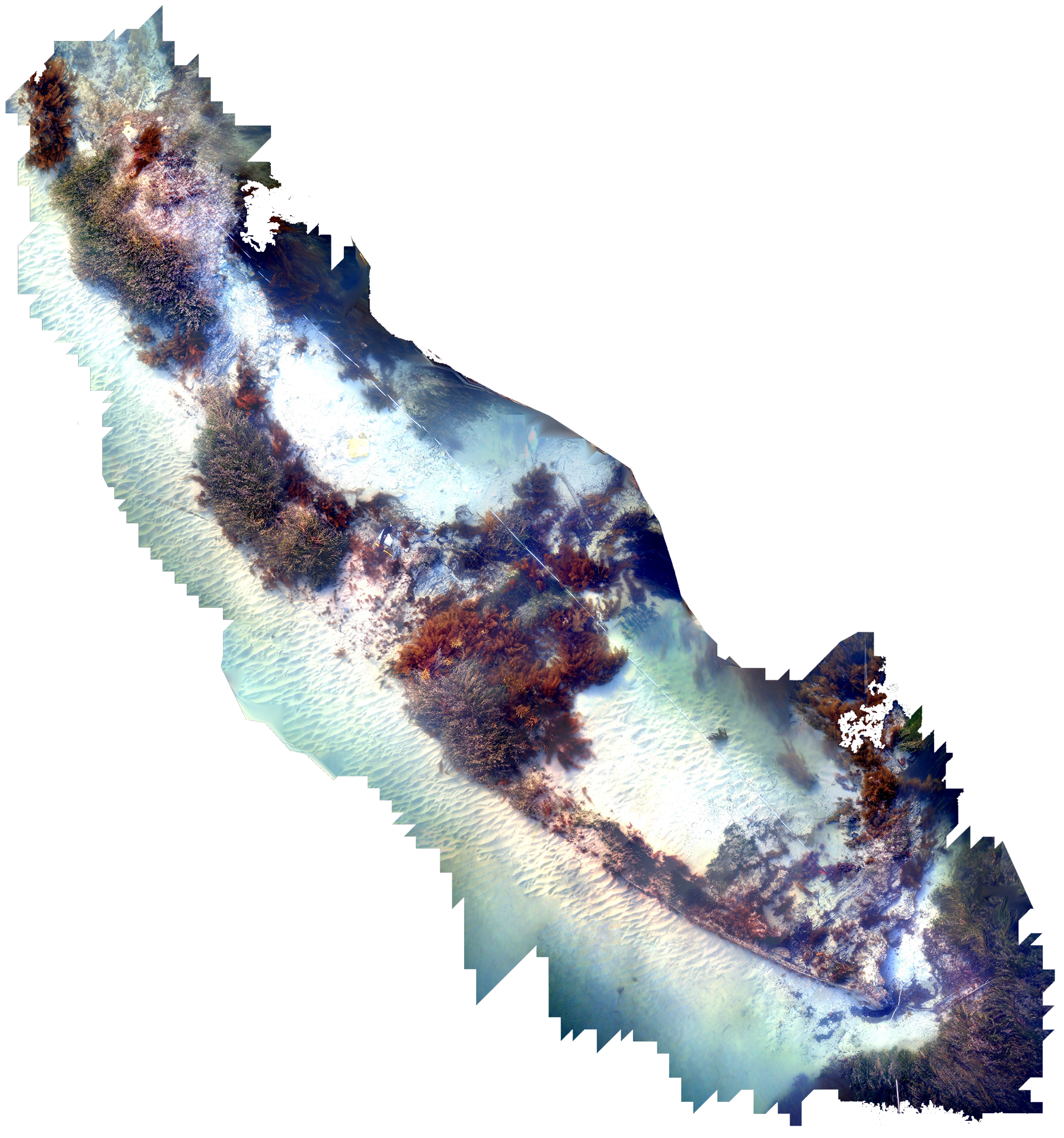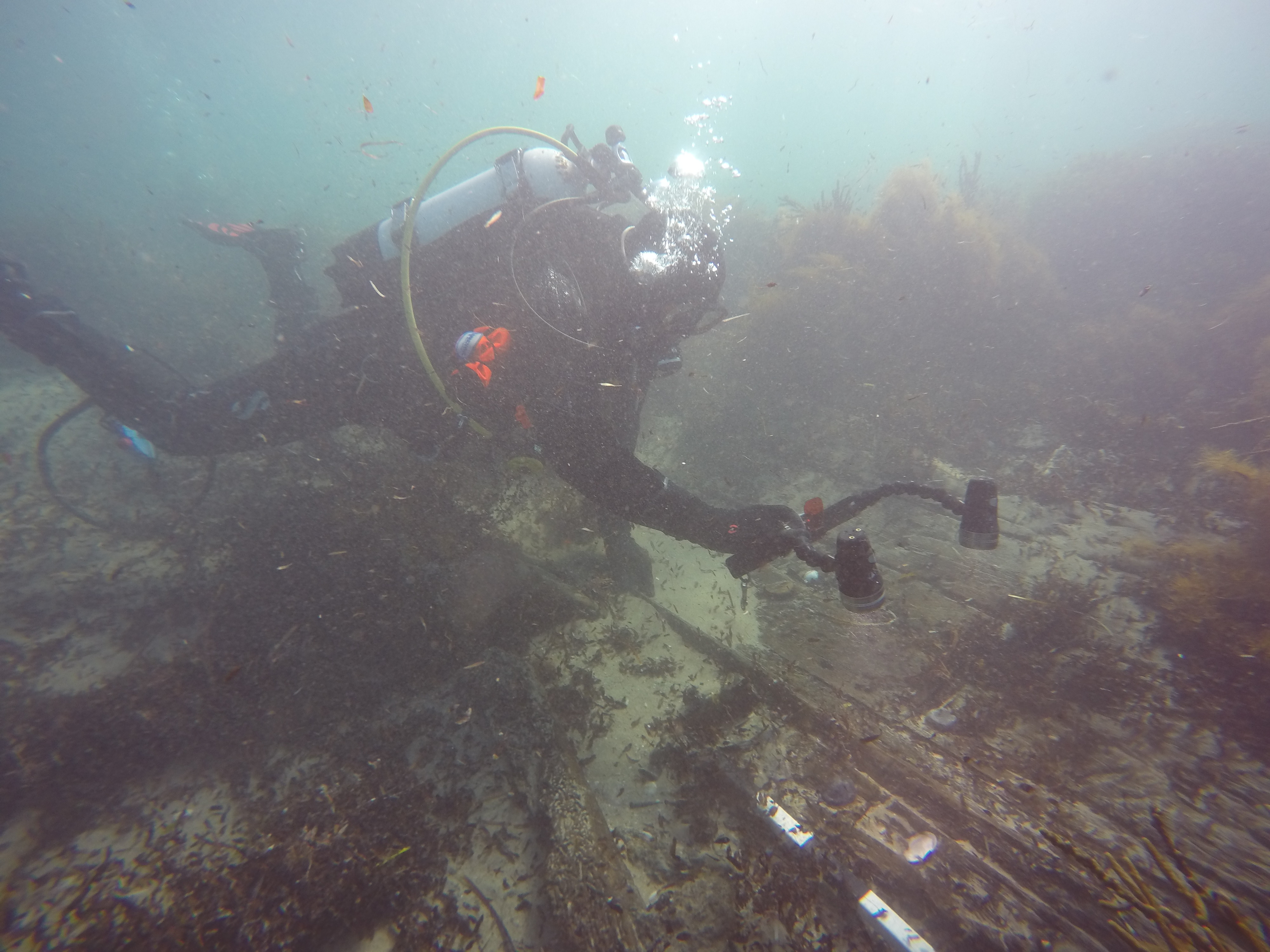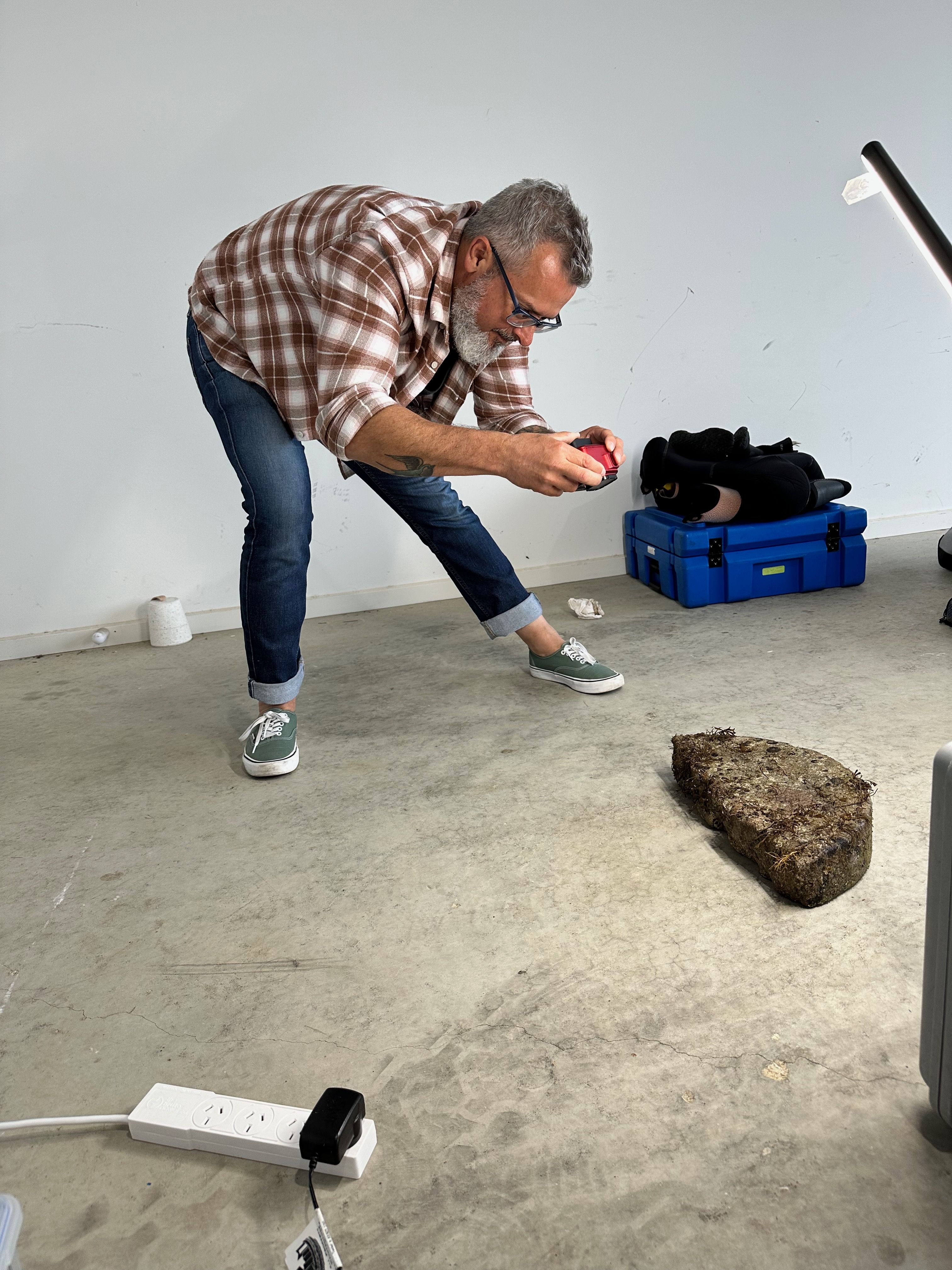"The advantage to using a Virtual Reality Experience…is that we provide another means by which people who visit the museum can learn about shipwreck sites and experience them…in the same way I do"
Old Ship, New Crew
During 2023, researchers from Sydney, Australia and students from Kaiserslautern, Germany developed a virtual dive to the wreck of South Australian. The South Australian Virtual Reality Experience is expected to be exhibited at the Australian National Maritime Museum starting in 2024.
In the shallow waters of Encounter Bay near the coastal town of Victor Harbor in South Australia lies the wreck of South Australian. The English barque played a notable role in the state’s early colonial history and its shipwreck site is the oldest known in South Australia. Built as a postal packet, South Australian later served in the British Royal Navy, brought some of the first free settlers to Kangaroo Island, and ended its life as a whaling ship when wrecked in a terrible gale in December 1837. Although more than two centuries of natural forces resulted in South Australian becoming encapsulated within the surrounding seabed, stories of its voyages and demise were not forgotten.
In 2018, a team of researchers from the Australian National Maritime Museum (ANMM), Silentworld Foundation, South Australia’s Department for Environment and Water, South Australian Maritime Museum, and Flinders University discovered South Australian’s wreck site. It has been archaeologically investigated during subsequent expeditions, which included comprehensive 3D photogrammetric surveys. The imagery from these surveys were in turn developed into 3D models by Rampe Realistic Imaging Pty. Ltd. Archival research was carried out in conjunction with the archaeological investigations and included review of ship plans, logbooks, correspondence, sketches, paintings, and other contemporary documents.
Dr James Hunter, one of the project leaders and ANMM’s Curator of Naval Heritage and Archaeology, collaborated with Professor Holger Deuter and his Virtual Design students at the University of Applied Sciences, Kaiserslautern to develop a Virtual Reality Experience (VRE) for South Australian. The goal was to make the shipwreck site and its story accessible in an exciting and immersive way.
This is not the first VRE collaboration between the two organisations: In 2019, Dr Hunter, Prof Deuter, and their respective teams worked together to visualize the wreck of PS Herald. Over the course of that project, a lot of experience was gathered, and the resulting VRE application not only served as a foundation for the new team of designers to improve upon, but also as motivation to take South Australian’s virtual dive to the next level with the help of new technology.
Due to South Australian’s significant historical and cultural heritage values, it was only natural that the team would seek to digitally immortalise its story to the highest quality possible and make the experience of interacting with the wreck accessible for everyone.
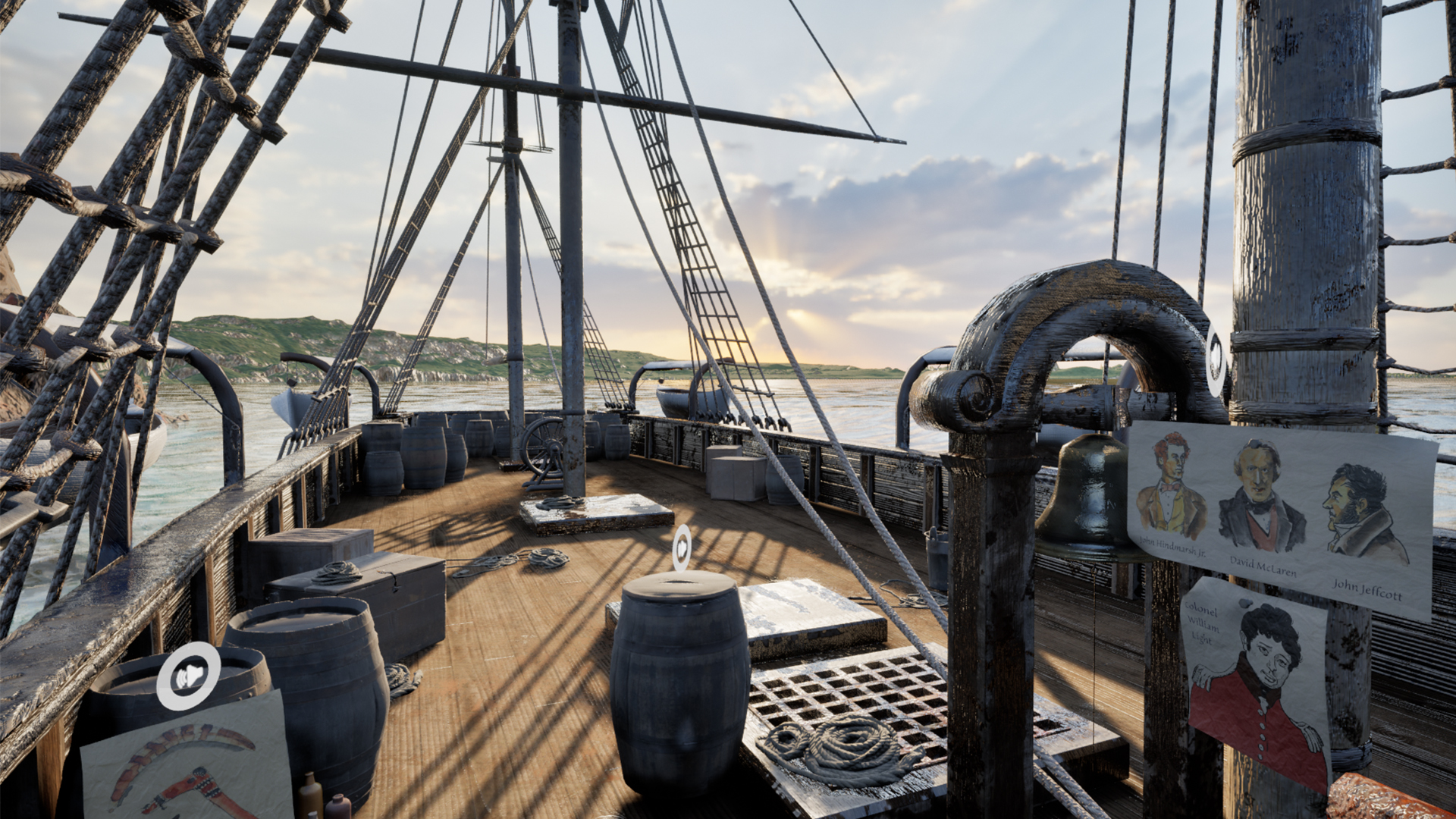
“The success [of the PS Herald Virtual Reality Experience] motivated us to work together once again and immortalise another wreck digitally.”
Reconstructing Emotions
Four VRE sections were developed to present South Australian’s history, its shipwreck site, its cultural context, and the leading historical figures involved in its story. Taking the perspective of a project researcher, the user starts aboard the research vessel Maggie III, which is anchored over the wreck’s location in modern-day Encounter Bay. Information is provided about South Australian and its discovery via audio narration. While browsing archival images, the user is sent on a journey across time, in which they can experience the dramatic story of the ship’s loss in the form of animated comic dioramas. The user is then transported back aboard Maggie III and, equipped with a flashlight, can begin the dive and visit the shipwreck site, the surroundings of which—including flora and fauna—have been authentically reconstructed. As a diver, the user can explore the virtual wreck, discover elements of its surviving hull and artefacts in their respective locations, and learn information about their origins and use by activating them with the flashlight.
Once finished exploring the wreck site, the VRE user can use a virtual downline to return to the surface. They are then transported to the historical South Australian’s main deck as it lies at anchor in Encounter Bay in 1837. The South Australian Company’s shore-based whaling station is visible a short distance away and the user has an opportunity to examine elements of the ship (such as its anchors and windlass) and learn about topics such as shipbuilding, whaling, local Aboriginal people, and notable individuals in early nineteenth-century colonial South Australia. Once aboard the reconstructed ship, the VRE can be concluded at any time.
The unique sounds of the Ethernet Orchestra, which uses the theme of the world’s oceans as a throughline for its online musical improvisations, rounds off the virtual dive. All locations featured in the VRE were carefully researched and virtually implemented using geodata, 3D scans, digital photography, and archival documents and paintings. The students who created the VRE are particularly proud of South Australian’s historic reconstruction, which was made possible through close collaboration with Dr Hunter. The students were supplied with archival ship plans, comparative data, measurements, and numerous contemporary ship illustrations. Specific attention was given to details such as wear and weathering, and the ship model’s aged, used look was intended to lend authenticity to its appearance, which was based on descriptions of South Australian in late 1837.
Considerable effort was also applied to the stylized comic book section of the experience. These panels, which the students animated, are excerpts from the graphic novel “The Loss“, a personal collaborative project of Prof Deuter and Dr Hunter. Both were intrigued by the chain of events leading to South Australian’s loss and began rendering the story in illustrative and narrative form. Together with his students, Prof Deuter worked to emphasize the emotions depicted in his graphic novel panels through movement and sound and integrate them into the VRE. The result is a touching, unique, and beautifully illustrated retelling of South Australian’s final moments.
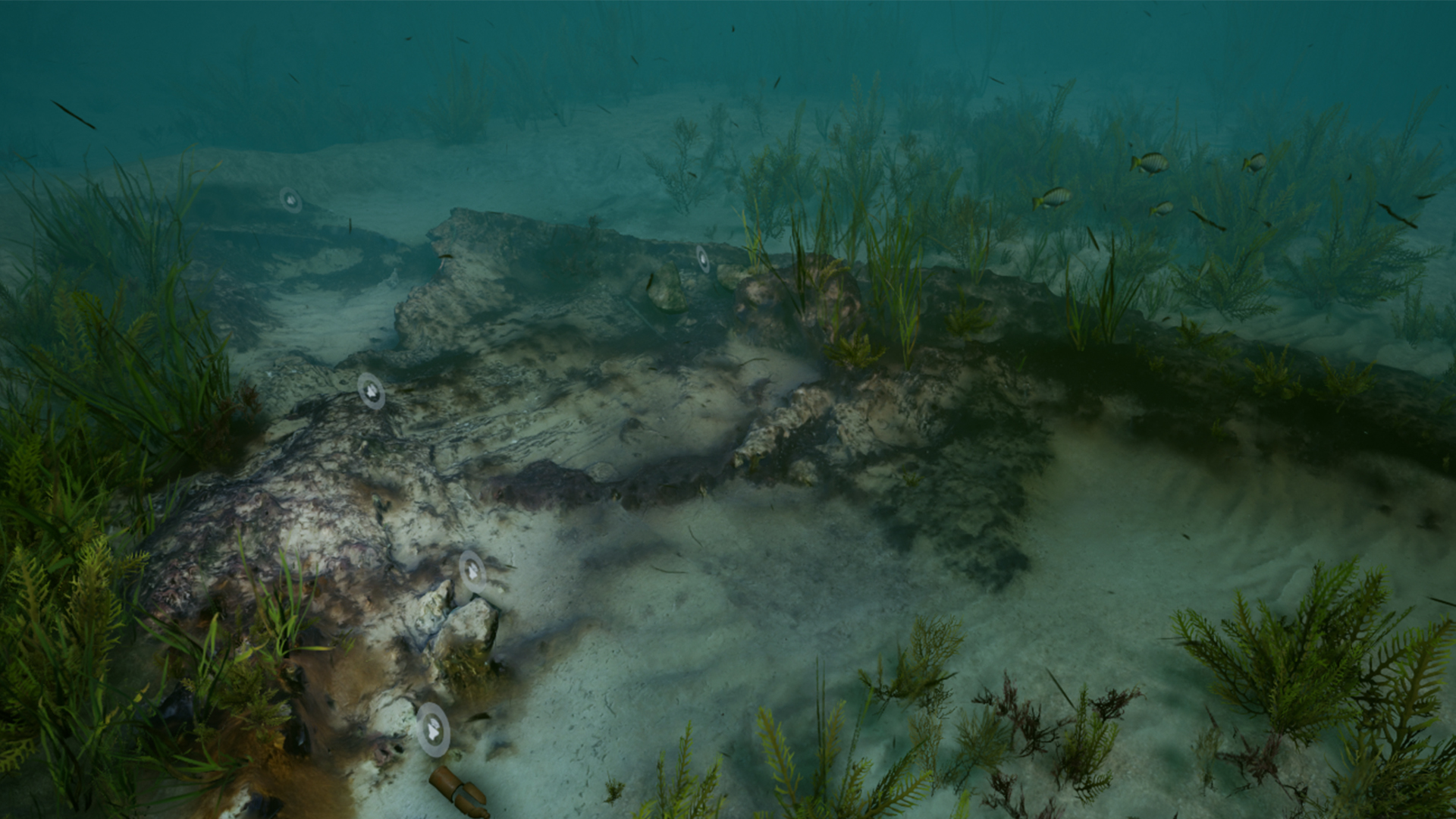
“In this application, users should not only be offered an authentic dive, but also an option to experience history in an immersive way.”
A Dive for Everyone
The project was developed as a VRE installation for the Australian National Maritime Museum and can be experienced and navigated via VR headsets and hand controllers. However, the VRE’s applicability extends beyond museum exhibition, as it also offers an opportunity for non-divers to interact with a significant shipwreck site that they otherwise wouldn’t be able to visit. Other VRE projects created by the Virtual Design course include creation of virtual worlds that have delighted and brought enrichment to the lives of the elderly and disabled. The course’s future VRE projects will strive to improve multi-user and online accessibility, and include clients such as primary schools, universities, libraries, and homes for senior citizens.
The South Australian Virtual Reality Experience is a global collaboration that has involved a motivated team of students, researchers, and educators, and has effectively demonstrated how 21st century maritime archaeology can be conveyed to a broad, diverse audience with VRE technologies.
Written by Elisabeth Altmaier, Philipp Arnold, Shenghui Cheng, Christina Luntz, Jacqueline Kurzbach, Catherine Kutscher, Sanja Marx, Melanie Obers, Junis Schimdt, Pia Rossel, Nina Scheffel, Josha Terbach, and Chiara Williams from the University of Applied Sciences, Kaiserslautern.
Archaeological investigation of South Australian was made possible through the assistance of South Australia’s Department for Environment and Water and the South Australian Immigrant and Labourer Shipwrecks (SAILS) consortium.
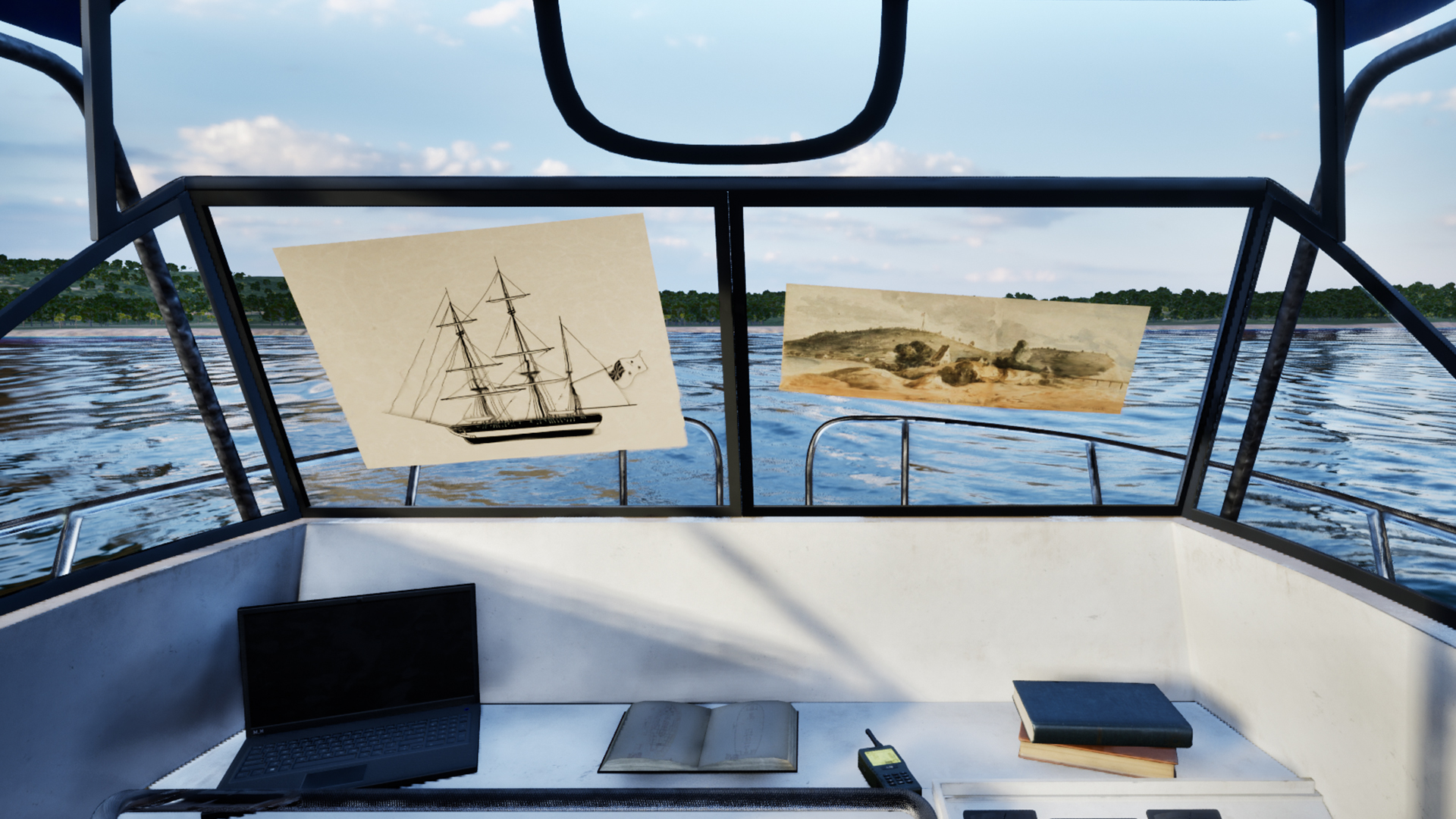
Watch on YouTube here
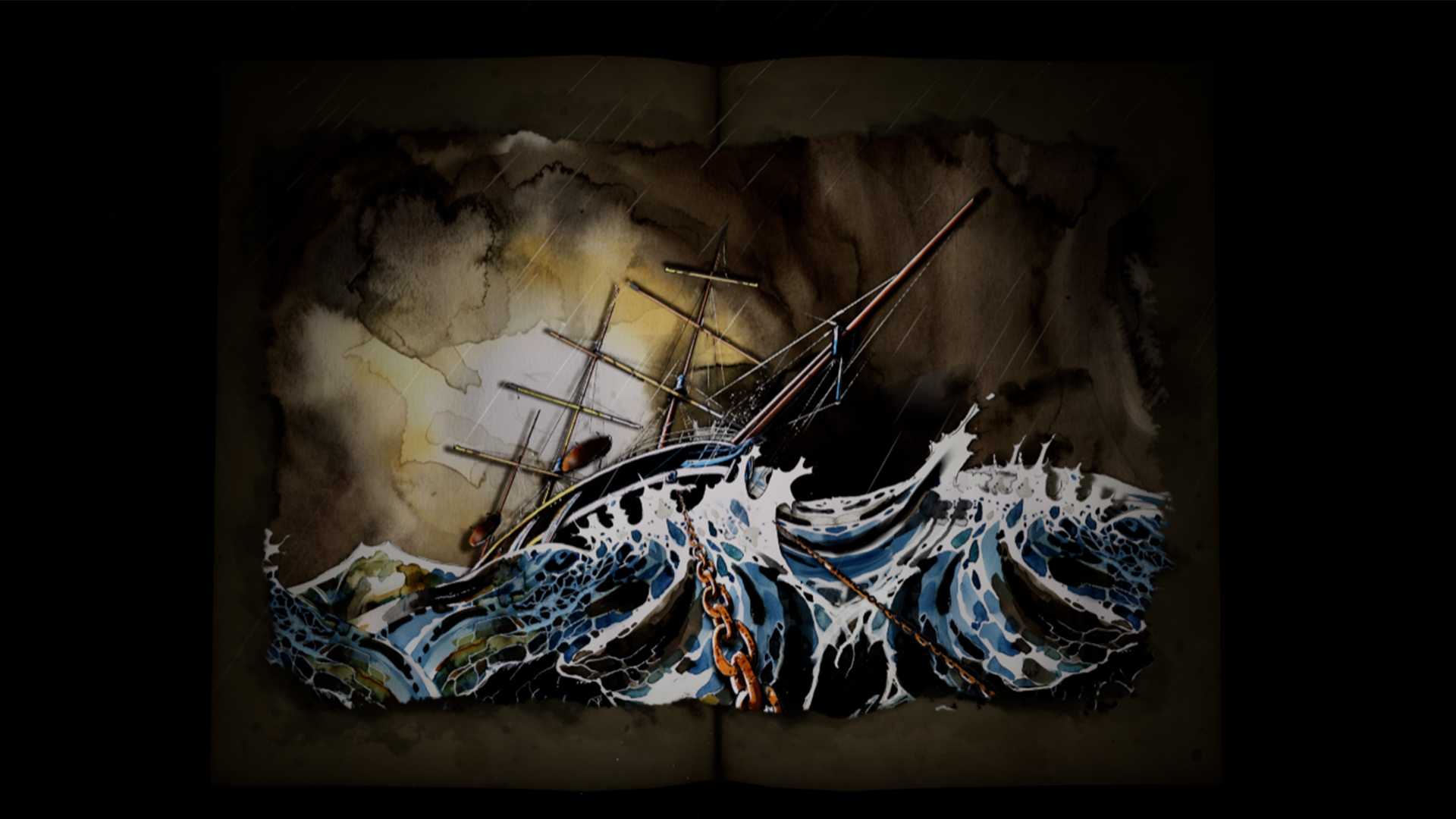
Illustration of South Australian in the gale of 8 December 1837 that appears in the graphic novel produced by Holger Deuter and James Hunter. Image: Holger Deuter
.jpg?h=720&la=en&w=1280)
